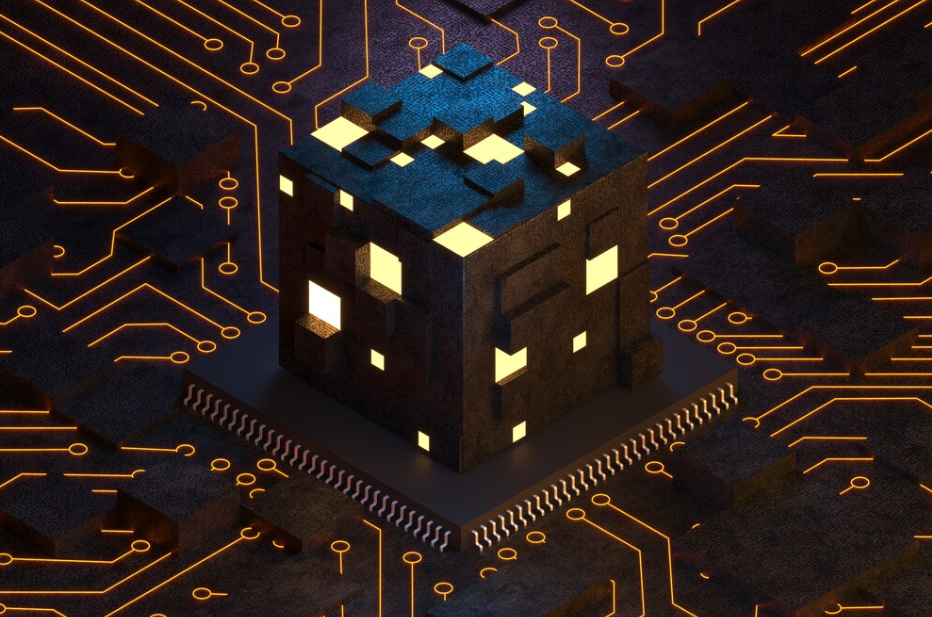As artificial intelligence evolves, it no longer just thinks — it speaks. But with voice assistants, virtual companions, and talking machines becoming everyday presences, a strange and subtle question emerges:
What does AI sound like when it has culture?
Beyond the Neutral Voice
For years, AI voices have defaulted to a clean, professional, neutral tone. Think of your GPS, your smart speaker, or your virtual assistant — smooth, generic, oddly sterile. This “accentless” voice was designed to avoid controversy, familiarity, or bias. But in doing so, it also erased identity.
Yet human communication is steeped in accent, slang, rhythm, and tone — subtle layers that carry our history, geography, and personality. If AI is to be more human-like, shouldn’t it carry a voice that reflects culture?
When AI Starts Speaking Like Us
Recent advances in natural language generation and speech synthesis have made it possible for AIs to:
- 🧠 Mimic regional accents (Scottish, Nigerian, Brazilian, Texan…)
- 🗨️ Use local slang and idioms (“innit”, “y’all”, “no cap”)
- 🎭 Adopt tone and rhythm from different cultural traditions (like poetic storytelling or communal dialogue)
We are entering an era where an AI might speak Creole, rap in Portuguese, or tell bedtime stories with a Yiddish inflection. This isn’t science fiction — it’s already being tested in labs and language models around the world.
Cultural Code in the Machine
Language is more than words. It carries values, humor, power dynamics, and social context. So when an AI adopts a cultural voice, it’s not just putting on a costume — it’s stepping into a cultural narrative.
That raises big questions:
- 🧬 Whose culture gets encoded?
- 🧑🤝🧑 Is it authentic or caricature?
- 🎯 Who is the AI trying to relate to — and who is left out?
A Jamaican-accented AI may feel warm and familiar to someone from Kingston — but to someone else, it could sound like a stereotype if done poorly. The challenge isn’t just in imitating, but in understanding and respecting.
Accent as Identity
Humans often judge others based on how they speak. Accents can signal belonging, class, region, or even trustworthiness. What happens when machines adopt these markers?
- 🛒 Will we trust a French-accented shopping assistant more when buying wine?
- 🧓 Will elderly users prefer AIs that sound like their generation or hometown?
- 🌍 Will global companies create “localized personalities” for different regions?
In some ways, AIs are becoming mirrors of our linguistic biases — or amplifiers of them.
Risks of Cultural Simulation
Cultural simulation by AI isn’t without its dangers:
- ⚠️ Stereotyping
Without care, AI can reduce rich cultures to simplified accents or phrases. - 🧨 Digital Appropriation
When an AI uses a cultural voice for profit, without community involvement, it echoes human history’s darker patterns of cultural exploitation. - ❓Loss of Authenticity
If everyone can generate any accent or dialect, will linguistic uniqueness be diluted?
Toward Respectful Voice Design
For AI to have culture without causing harm, voice design must move beyond novelty and gimmick. This means:
- 🗣️ Collaborating with cultural consultants
Not just linguists, but real community voices. - 🧑🎨 Creating customizable identities
Letting users shape how their AI speaks — from tone to slang to tempo. - 🔍 Transparency in training data
So we know which voices shaped the AI’s accent.
Final Thoughts: Giving Voice to the Machine
As AI gains fluency, it must also gain sensitivity. The accent of a machine is no longer just about clarity — it’s about belonging, respect, and representation.
One day soon, your AI assistant might greet you with your grandmother’s dialect, or tell a story with the rhythm of your culture’s oral traditions. And when that happens, it won’t just be a voice. It’ll be a bridge — between silicon and soul.


